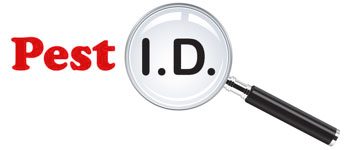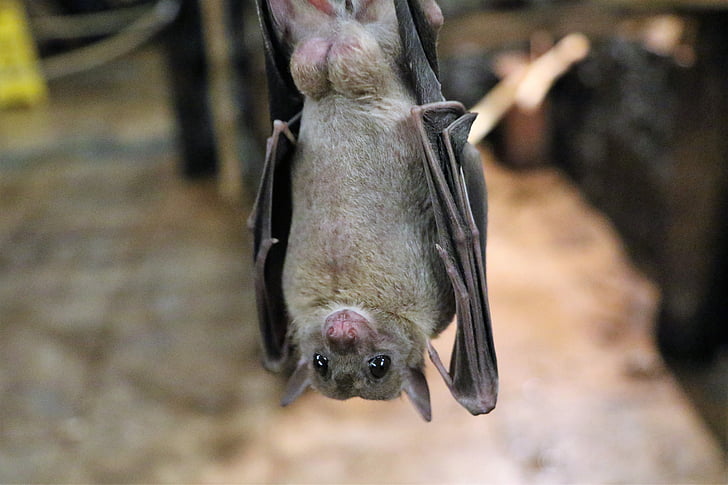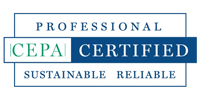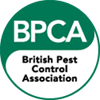Bats, often associated with the mysterious and the nocturnal, play crucial roles in maintaining ecological balance by controlling insect populations. However, when these winged mammals decide to make a property their home, concerns may arise about potential damage and the challenges of dealing with a bat infestation. In this article, we’ll explore what damage bats can cause to properties and the risks that come from a potential bat infestation in residential or commercial spaces.
Guano Accumulation
One of the primary concerns associated with bats roosting in properties is the accumulation of guano, or bat droppings. While guano is an excellent natural fertiliser, its build-up in attics, chimneys, or other roosting sites can lead to unpleasant odours and pose health risks. Guano can harbour fungal spores, such as those causing histoplasmosis, a respiratory disease.
Structural Damage
Unlike rodents, bats do not gnaw on structures to gain entry. However, their presence in large numbers can lead to structural damage indirectly. Accumulated guano can become heavy, potentially causing ceiling or roofing materials to sag. Additionally, bat urine may corrode certain materials over time.
Noise and Disturbance
While bats are generally quiet creatures, their nocturnal activities can create noise that becomes noticeable in properties where they roost. Rustling sounds, scratching, and the flapping of wings can disturb occupants, particularly during the night. The noise may become more pronounced if a large colony is present.
Roosting Sites
Bats often seek shelter in secluded and warm places, such as attics, chimneys, and wall voids. While they don’t cause physical damage during entry, the accumulation of bat guano and the potential for structural issues make their chosen roosting sites problematic for property owners.
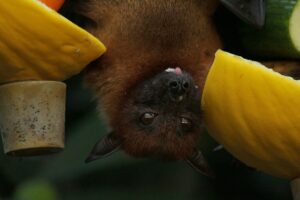
Health Concerns
The presence of bats in or around properties raises health concerns, primarily due to the potential transmission of diseases. While the risk of direct transmission to humans is relatively low, guano-related diseases, such as histoplasmosis, can pose health risks, especially if occupants have compromised immune systems.
Nuisance Odours
The odours associated with accumulated bat guano can become a nuisance. The unpleasant smell may permeate the living spaces of a property, creating discomfort for occupants. Proper and timely removal of guano is essential to address this issue.
Professional Removal Challenges
Removing bats from a property requires careful consideration and should ideally be conducted by professionals experienced in bat removal. The process involves identifying entry points, ensuring all bats have exited, and implementing exclusion methods to prevent their return. DIY removal attempts can be ineffective and may inadvertently harm bats or result in receiving injuries (bats have sharp teeth and claws and may use them if they feel threatened)
Conservation Concerns
Bats are a protected species in many regions due to their ecological importance. In some cases, it may be illegal to disturb or harm bats or their roosting sites. Property owners facing bat-related issues should consult local wildlife authorities or professional pest control services to ensure compliance with conservation regulations.
Preventive Measures
Implementing preventive measures is crucial to avoid bat-related problems. Sealing entry points, installing bat boxes as alternative roosting sites, and conducting regular property inspections can help deter bats from choosing a property as a roosting site.
Bat Exclusion
If bats have already taken residence in a property, exclusion methods should be employed carefully to ensure that all bats exit without harm. This process often involves installing one-way exclusion devices that allow bats to leave but prevent re-entry.
Summary
While bats contribute to the ecological balance by controlling insect populations, their presence in or around properties can lead to various concerns, from structural damage to health risks associated with guano. Property owners facing bat-related issues are encouraged to seek professional pest control to ensure humane and effective solutions that comply with conservation regulations.
Implementing preventive measures is key to avoiding potential damage and disturbances associated with bat infestations.
